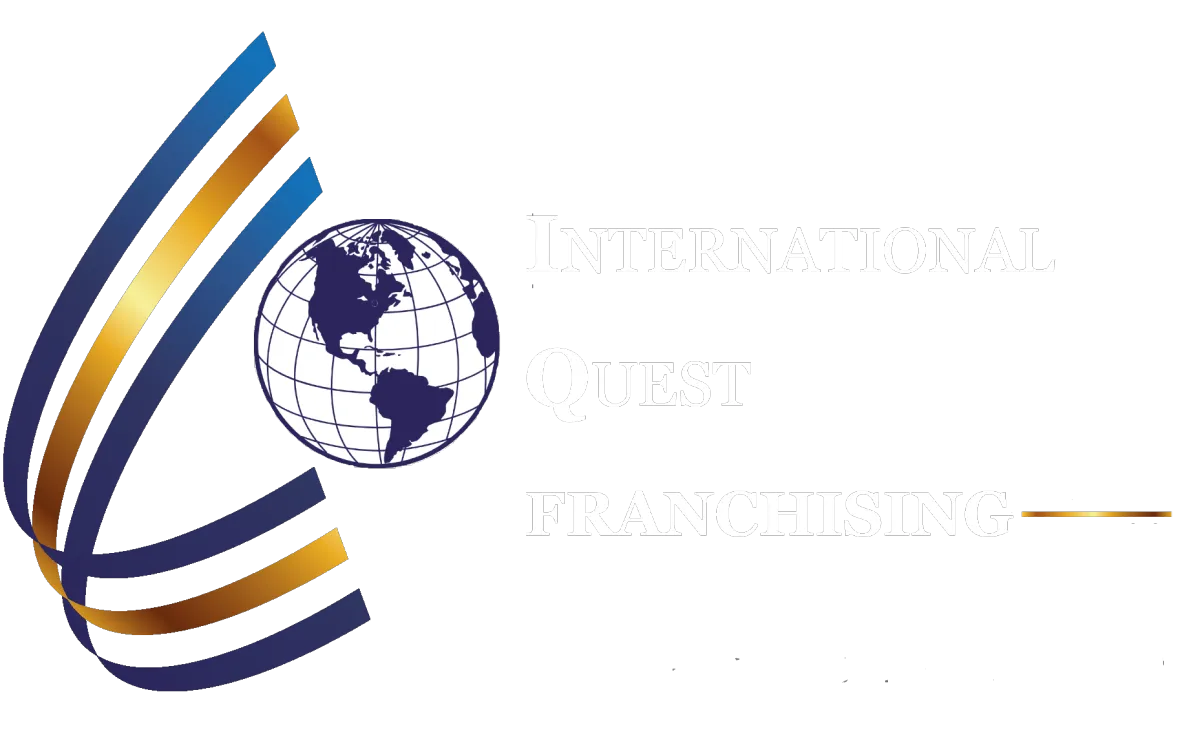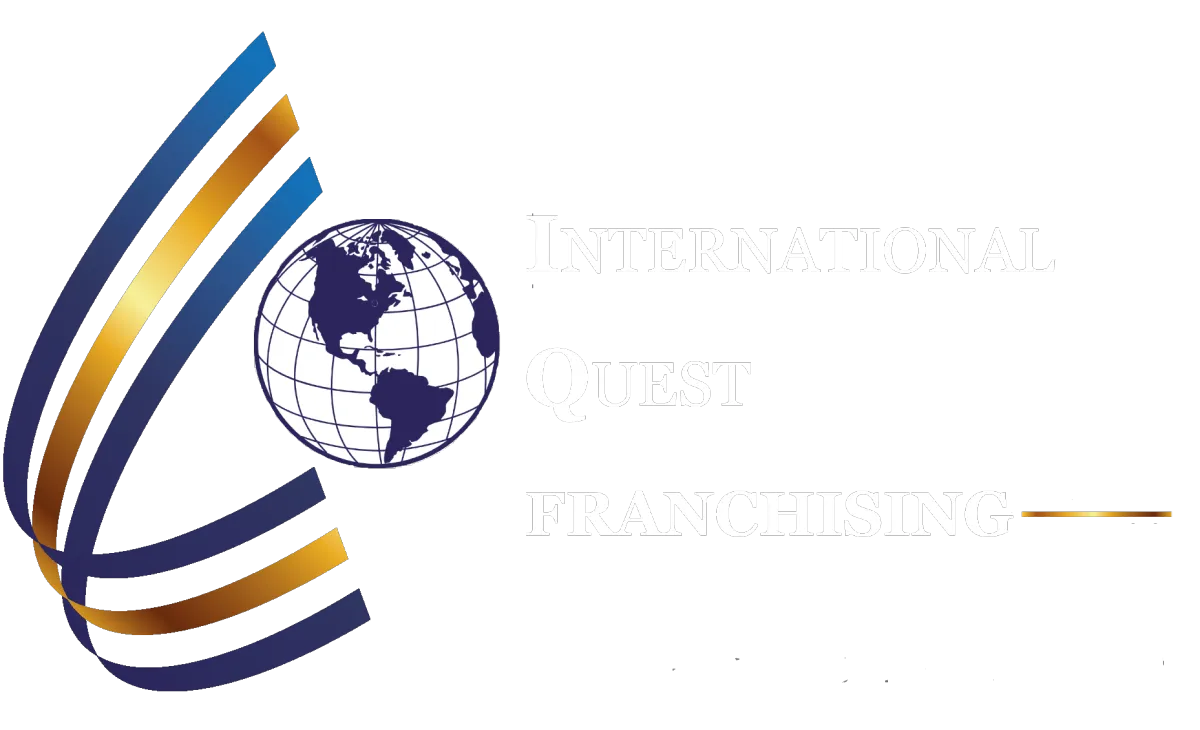
Trademark Registration – An Overview
A Trademark when Franchising
In franchising context, the franchisor's trademark, licensed to franchisees, holds critical importance. In fact, there is little of more importance to the franchise system. The trademark is so essential that it is one of the three (3) key elements that legally define a business system as a franchise under federal law.
What is a Trademark
A “trademark” is a word, phrase, symbol or design, or combination of words, phrases, symbols or designs, which identifies and distinguishes the source of the goods or services of one party from those of others e.g. McDonald's golden arches and the UPS logo.
A "service mark" is the same as a trademark except that it identifies and distinguishes the source of a service rather than a product, and is often a slogan or a phrase e.g. McDonald's phrase "I'm loving it" and Nike's "Just do it".
Normally, a mark for goods appears on the product or on its packaging, while a service mark appears in advertising for the services.
(Note: A trademark is different from a copyright or a patent. A copyright protects an original artistic or literary work; a patent protects an invention.)
Trademark Rights
Trademark rights arise from either (1) actual use of the mark, or (2) the filing of a proper application to register a mark in the United States Patent and Trademark Office (USPTO) stating that the applicant has a bona fide intention to use the mark in commerce regulated by the U.S. Congress.
Federal registration is not required to establish rights in a mark, nor is it required to begin the use of a mark. However, federal registration can secure benefits beyond the rights acquired by merely using a mark. For example, the owner of a federal registration is presumed to be the owner of the mark for the goods and services specified in the registration and to be entitled to use the mark nationwide.
There are two related but distinct types of rights in a mark: the right to register and the right to use. Generally, the first party who either uses a mark in commerce or files an application in the USPTO has the ultimate right to register that mark. The USPTO’s authority is limited to determining the right to register. The USPTO cannot provide advice concerning rights in a mark. Only a private attorney can provide such advice. Unlike copyrights or patents, trademark rights can last indefinitely if the owner continues to use the mark to identify its goods or services. The term of a federal trademark registration is 10 years, with 10-year renewal terms. However, between the fifth and sixth year after the date of initial registration, the registrant must file an affidavit setting forth certain information to keep the registration alive. If no affidavit is filed, the registration is canceled.
The trademark registration process has many steps, and take time to have the registration approved. If your trademark merits registering, it is worth using and registering correctly and in a way that will provide you with the maximum protection and benefit.
Types of Applications
An applicant may apply for federal registration in three principal ways:
(1) An applicant who has already commenced using a mark in commerce may file based on that use (a "use" application).
(2) An applicant who has not yet used the mark may apply based on a bona fide intention to use the mark in commerce (an "intent-to-use" application). For the purpose of obtaining federal registration, commerce means all commerce which may lawfully be regulated by the U.S. Congress, for example, interstate commerce or commerce between the U.S. and another country . The use in commerce must be a bona fide use in the ordinary course of trade, and not made merely to reserve a right in a mark. Use of a mark in promotion or advertising before the product or service i s actually provided under the mark on a normal commercial scale does not qualify as use in commerce. Use of a mark in purely local commerce within a state does not qualify as "use in commerce". If an applicant files based on a bona fide intention to use in commerce, the applicant will have to use the mark in commerce and submit an allegation of use to the PTO before the PTO will register the mark.
(3) Additionally, under certain international agreements, an applicant from outside the United States may file in the United States based on an application or registration in another country. For information regarding applications based on international agreements please call the information number provided on page 4. A United States registration provides protection only in the United States and its territories. If the owner of a mark wishes to protect a mark in other countries, the owner must seek protection in each country separately under the relevant laws. The PTO cannot provide information or advice concerning protection in other countries. Interested parties may inquire directly in the relevant country or its U.S. offices or through an attorney.
Use of the Mark
Anyone who claims rights in a mark may use the TM (trademark) or SM (service mark) designation with the mark to alert the public to the claim. It is not necessary to have a registration, or even a pending application, to use these designations. The claim may or may not be valid. The registration symbol, (r), may only be used when the mark is registered in the PTO. It is improper to use this symbol at any point before the registration issues.
Laws & Rules
The federal registration of trademarks is governed by The Trademark Act ( aka "The Lanham Act") of 1946, as amended, 15 U.S.C. §1051 et seq.; the Trademark Rules, 37 C.F.R. Part 2; and the Trademark Manual of Examining Procedure.
For more information about the online trademark application process with the USPTO, visit: https://www.uspto.gov/trademarks/apply

Our mission
Empowering small business growth through franchising - creating great communities everywhere!
Copyright © 2025 International Quest Franchising, LLC. All Rights Reserved
Privacy Policy | Terms & Conditions